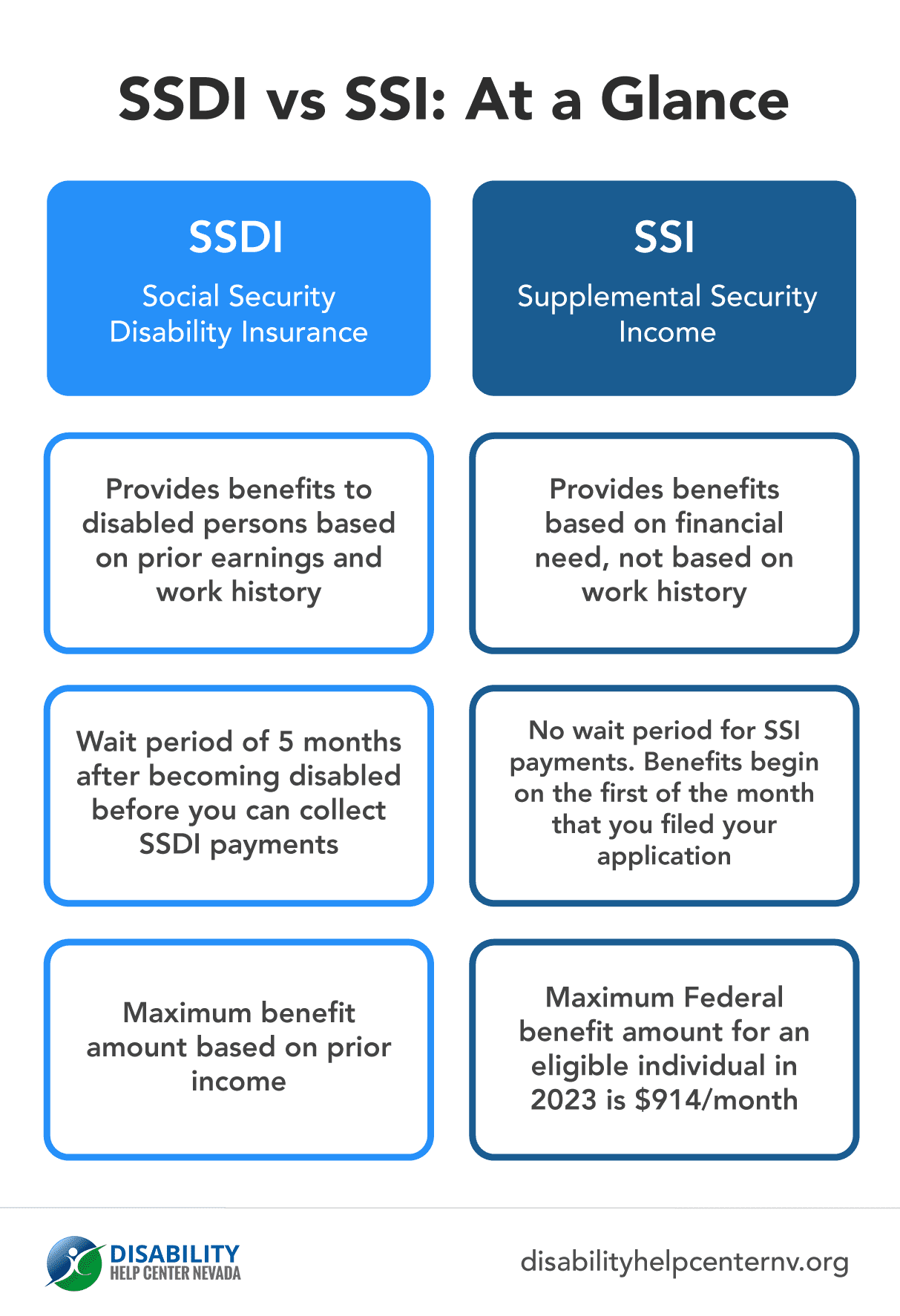CMS has released the new numbers for Medicare costs for 2026. Here is the rundown:
Let’s start with the cost everyone gets hit with – your Part B Premium. In 2026 that is being increased by 11.6% or $21.50 – for a total monthly premium of $206.50. This is the amount that is automatically deducted from your Social Security check. For the average earning American on Social Security, this increase is projected to consume approximate 40% of this year’s COLA increase.
2026 Medicare Deductibles:
Part A Deductible: $1600 (cost you pay if admitted to a hospital)
Part B Deductible: $288 – a $31 increase over 2025 or 11.2%
Part D Deductible: $615 – up from $590 in 2025
Max Out-Of-Pocket for Rx Drugs in 2026: $2100. Up from $2000 in 2025
Seven Medicare Changes coming in 2026:
Dr. Oz is the new head of CMS. He is fully embracing the increase in AI for determining patient approvals and outcomes…stay tuned. It appears CMS is proposing to profit-share from savings from declined procedures. Watching this latest development like a hawk…you should too. The following are a number of updates happening to Medicare in 2026.
- The Coverage of GLP-1 receptor drugs are being covered only for the treatment of diabetes beginning in 2026.
- Beginning in 2026 – if you enrolled into a Prescription Drug Payment plan to help spread out the costs of your meds, you will be automatically re-enrolled unless you opt out (or change plans).
- The cap for prescription drug costs is going to $2100 (up from $2000 in 2025). The Rx deductible is moving up to $615/annually. This means you pay 100% of your gross covered Rx drug costs until the deductible is met.
- There is a major change coming to food benefit cards; in order to receive the grocery benefits on these cards, you must have a qualifying chronic condition as well as financial need. This is called SSBCI-Special Supplemental Benefits for the Chronically Ill.
- Insulin costs will remain capped at $35/month.
- Zero cost sharing for adult vaccines recommended by the Advisory Committee on Immunization Practices (ACIP).
- Prior Authorizations for traditional Medicare are coming for 6 states in 2026: New Jersey, Ohio, Oklahoma, Texas, Arizona and Washington. They will be using the Wasteful and Inappropriate Service Reduction (WISeR) model to perform prior authorization tasks. Yikes!!!
Remember to look at your Annual Notice of Change Letter arriving in the mail between now and Annual Enrollment. If you do not like the changes to your 2026 plans, you have from October 15-December 7 to update your coverage for 2026.
For more information or to schedule a Medicare review appointment, contact Chris Molinari at 720-722-2449. Or email chris.molinari@gmail.com





